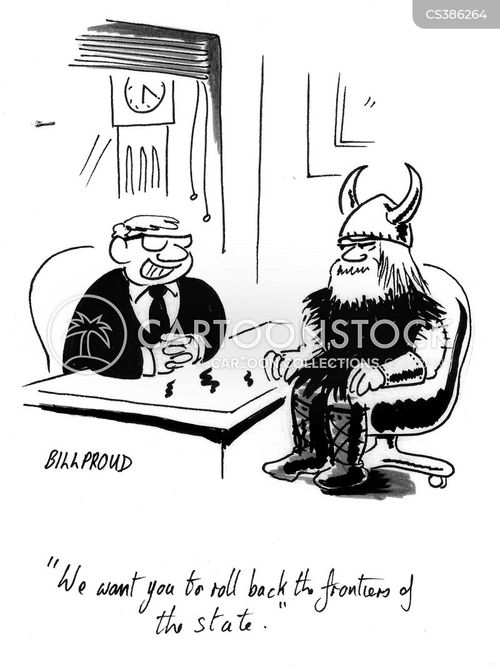
Though some may recoil at the neoliberal label they associate primarily with the political right, recent history suggests the neoliberal system has been and will likely remain a bipartisan standard in Australia. The refusal to increase JobSeeker payments for unemployed Australians is guided by a neoliberal belief that individuals should attain their basic needs through the market.Īnd while the exact details of how the government intends to meet its 2030 emissions reduction target are still forthcoming, a market-based approach again seems likely. He did this through continued privatisation of state assets and deregulation of the financial sector.Įarly indications suggest the current Labor government is likely to maintain some market-oriented policies.


Neoliberalism in Australia would intensify under Coalition government of John Howard – a card-carrying member of the Mont Pelerin Society and prime minister from 1996 to 2007. The ideology is based on the basic principles of neoclassical economics that recommends limiting the government subsidies, reforming tax.
#Neo liberalism free#
However, the Hawke-Keating government was clearly guided by a neoliberal desire to expand the scope of the market. What is Neoliberalism Neoliberalism is an economic philosophy that conceptually describes a move towards free markets, capitalism, and a diversion from government ownership. Neoliberalism is an ideology and policy model that advocates for the free market economy and argues in favor of transferring the power of controlling the economy from public sector to private sector. Taken together, the legacy of these different reforms is complex. Their relationship with trade unions was also different from the combative stance adopted by Thatcher and Reagan in their countries. Keating was also responsible for repeated privatisations, including the sales of Qantas and the Commonwealth Bank, and broader deregulation of the financial sector which further expanded the scope of the market.īut the Hawke-Keating government was not entirely neoliberal, most notably in its expansion of Medicare. Men hold on average 42% more in superannuation savings than women, significantly increasing vulnerability to poverty for older women.

The superannuation system also reinforces the gender pay gap. This was most evident during the Global Financial Crisis of 2008, when losses of A$160 billion forced many older Australians to postpone retirement or even return to work. For instance, Keating’s signature compulsory superannuation policy replaced the universal pension with a market-oriented system of private savings, allowing workers to gain a share of rising profits on the stock market.īut the system also exposed workers to market downturns. What became neoliberalism in government was the product of actions by different governments, at different. In Australia, many of the key reforms of the Hawke-Keating government utilised neoliberal logic to mixed results. There has been a strong and widespread global trend toward neoliberalism since the 1980s, according to a composite index that measures the extent to which. Neoliberalism didn’t arrive on tablets of stone, brought down from the Swiss mountains.


 0 kommentar(er)
0 kommentar(er)
